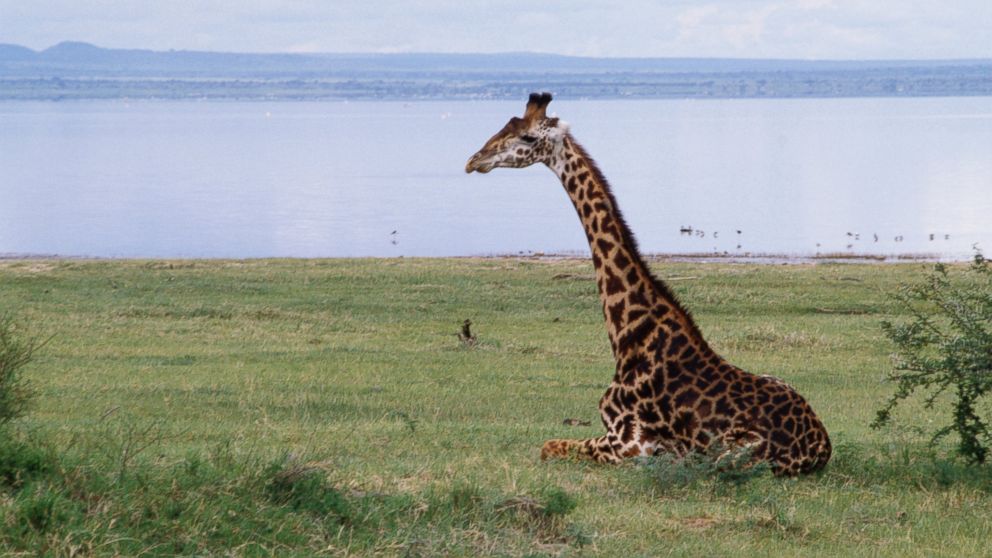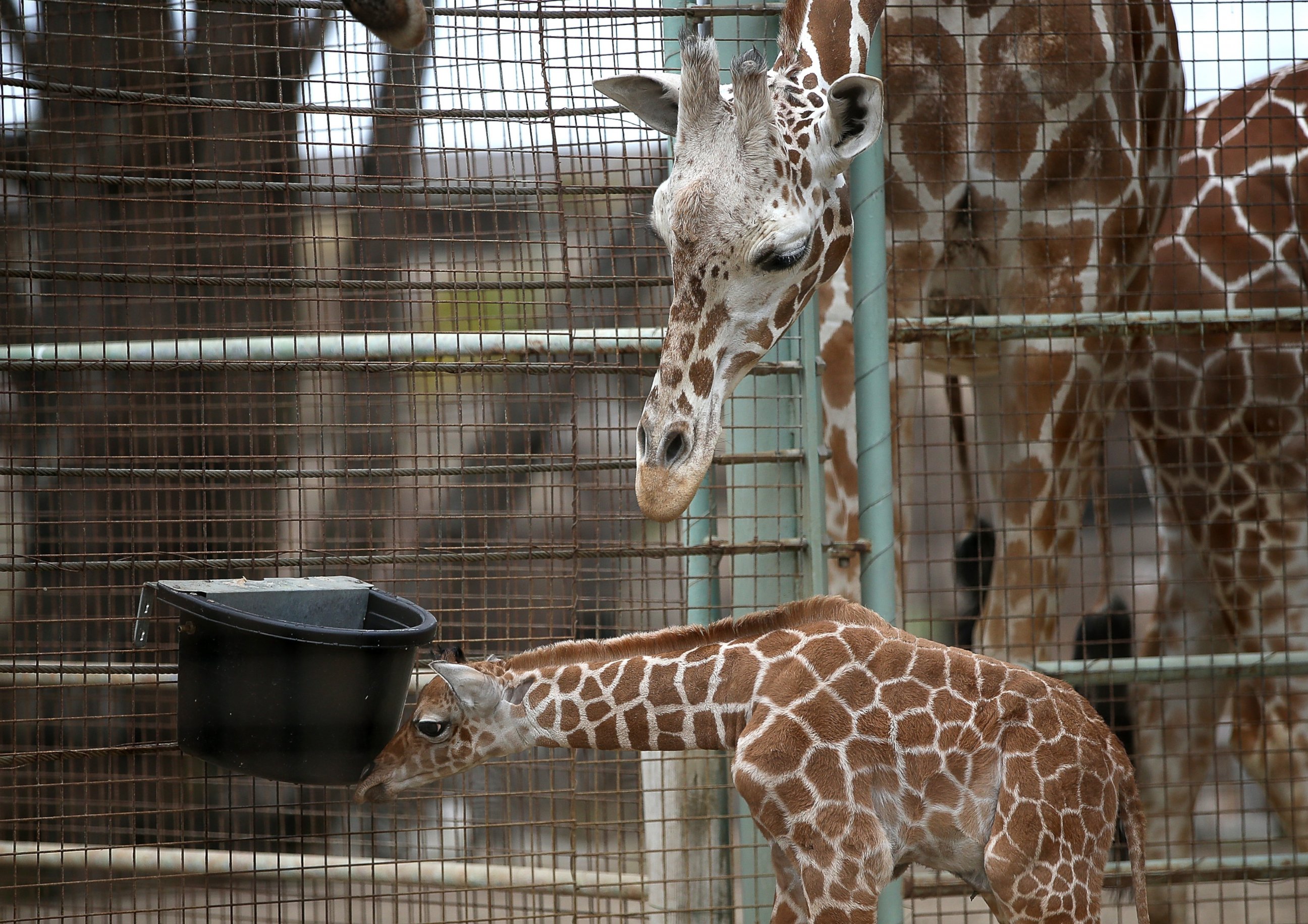Giraffes in Danger of Extinction: Why Their Numbers Have Dropped
The population has dwindled across Africa for several reasons.

LONDON -- Giraffe numbers are dwindling across Africa because of poaching and habitat loss caused by human population growth, according to wildlife experts, and it's happening largely unnoticed.
“It’s a silent extinction,” Dr. Julian Fennessy, Executive Director of the Namibian-based Giraffe Conservation Research group and a leading wildlife scientist with 16 years of experience, told ABC News.
Now conducting the first comprehensive assessment on giraffes to be published next year, Fennessy said there’s been a drop of more than 40 percent in the mammal population in the last 15 years.
PHOTOS: Amazing Animals From Around the World
“The numbers have gone down from 140,000 to fewer than 80,000 today,” added Fennessy.
The world’s tallest animal is dispersed over 21 countries, in state-owned national parks, private and communal lands. Out of nine subspecies -- their differentiations are based on geographical distribution, coat patterns, morphology and genetic data -- two have recently been categorized as “endangered” on the IUCN Red List, a British research group part of the International Union for Conservation of Nature.
Fewer than 300 “West African giraffes” survive in Niger and less than 700 “Rothschild’s giraffes” are dispersed between Uganda and Kenya, according to a report by wildlife experts at Elephant Without Borders.
The main reason for a smaller number of giraffes is “habitat loss and fragmentation”, said Fennessy, as an increasing proportion of land is used for agriculture.
“But poaching has big impact on certain areas, especially in East and Central Africa,” the giraffe expert added.

In Tanzania, Fenessy said the latest word on the street is that consuming giraffe could be a cure for HIV. In a 2010 report written for the Rothschild Giraffe Project, researcher Zoe Muller wrote: "It is believed [in Tanzania] that giraffe brains and bone marrow can cure HIV-AIDS victims,” adding that “freshly severed heads and giraffe bones can fetch prices of up to $140 per piece.”
“In rural African communities, bush meat not only forms a large part of the diet but also provides an important source of income,” wrote Muller, adding, “Killing a giraffe involves relatively little effort for the amount of meat yielded as a large quarry can be secured with a single gun-shot."
Their skin is “thick, durable and suitable for a range of purposes such as making clothing, shoes, bags, belts, hats and covers for drums,” said Muller, adding that their hair has been “used to make bracelets, necklaces and other jewellery for hundreds of years and has been reported in several African tribes. Giraffe tails in Africa culture are highly prized symbols of authority. Often used as fly swatters, their cultural usage dates back as far as ancient Egypt."
Another issue involving giraffes is the widespread misconception that they are everywhere, wildlife experts say, due to a lack of accurate data.
“Giraffes haven’t hit the headlights yet,” Fennessy said. "They’re not on many NGOs agenda, but hopefully that is changing.”
The Giraffe Conservation Foundation raises awareness locally, by providing information and education material, working with partners in governments or the NGO sector.
Despite recent preventive measures from many African governments, such as restrictions on hunting, banning hunting in National Parks, closed seasons on hunting, introduction of license systems, people continue to hunt wildlife illegally, according to Muller.
One country where there have been some positive changes is Niger, a country proud of its giraffes, a symbol of many things including local beer. The falling number of giraffes became high priority, and the government was the first to apply conservation measures. Kenya is also due to pass a draft proposal of measures after experiencing the largest losses from 30,000 mammals in the 1990s to 6,500 today.




